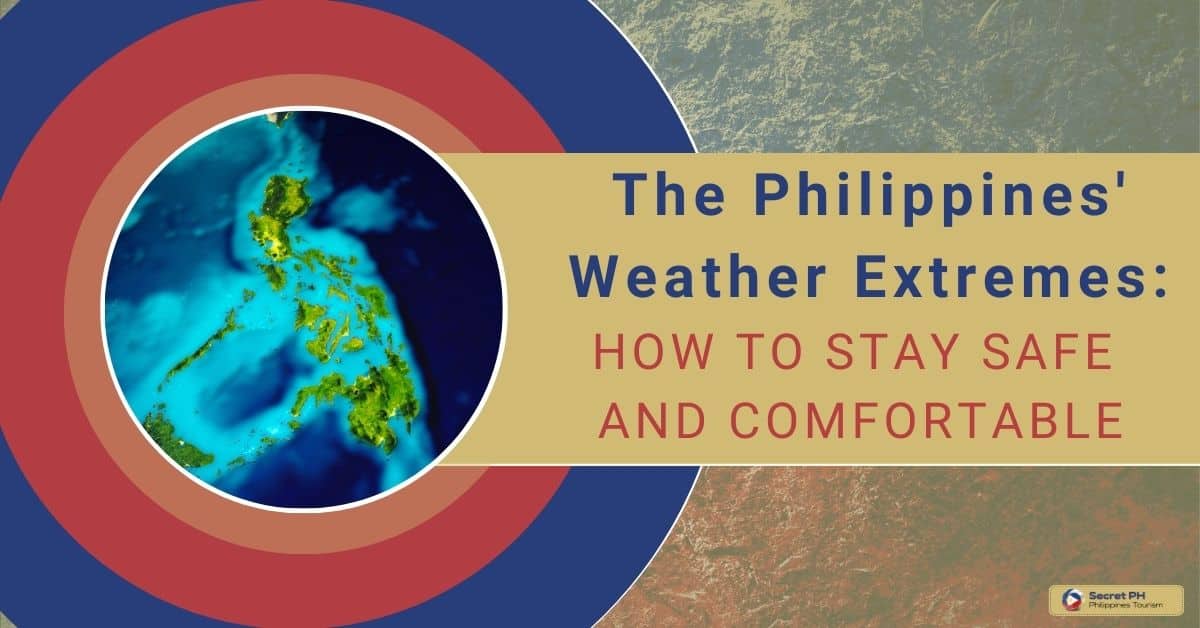The Philippines faces various natural disasters due to its geography, including typhoons, floods, landslides, tsunamis, and earthquakes. The government provides relief efforts, and communities have adopted initiatives such as early warning systems, evacuation plans, and relief centers. The international community also provides aid. Despite their vulnerability, the resilience and preparedness of the Filipino people have helped them withstand numerous natural disasters.
This article will explore how the country has managed to weather the storms of natural disasters, looking at its vulnerability to them, the government’s response and initiatives for preparedness, as well as support from international aid organizations. It is a testament to the strength of those living in the Philippines and provides insight into how communities can be better prepared for future disasters.
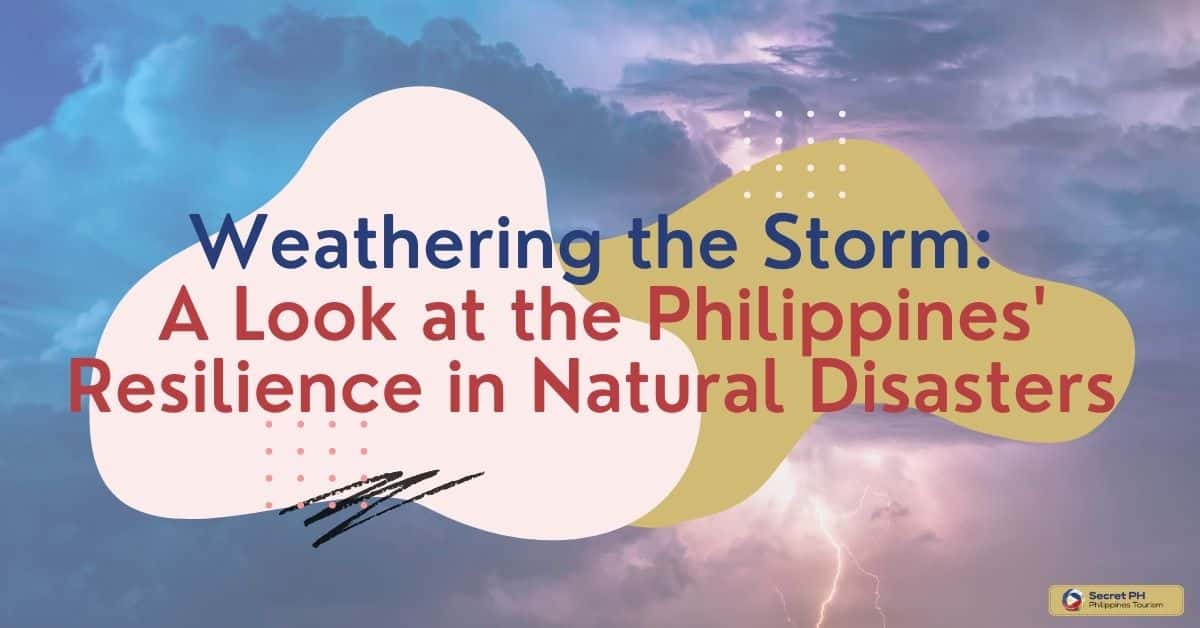
Understanding the Philippines’ Vulnerability to Natural Disasters
The Philippines is located in a region that experiences frequent natural catastrophes, making it vulnerable to typhoons, floods, landslides, tsunamis, and earthquakes. The country’s geography also makes it susceptible to unexpected cyclones and typhoons coming from the Pacific Ocean. In addition, its terrain consists of mountains, valleys, and coastal plains, which increases its vulnerability to mudslides and landslides.
The Philippines has experienced numerous disasters over the past decades, including a 7.5-magnitude earthquake in 1990, and a series of typhoons that killed thousands in 2009 and 2013. Super Typhoon Haiyan (Yolanda) in 2013, was one of the strongest typhoons ever recorded, which left more than 6,300 people dead and affected almost 16 million others.
The Philippines’ vulnerability to natural disasters means that its citizens must be prepared for the worst and respond quickly when such events occur. Therefore, it is important to understand how to mitigate the impacts of these disasters.
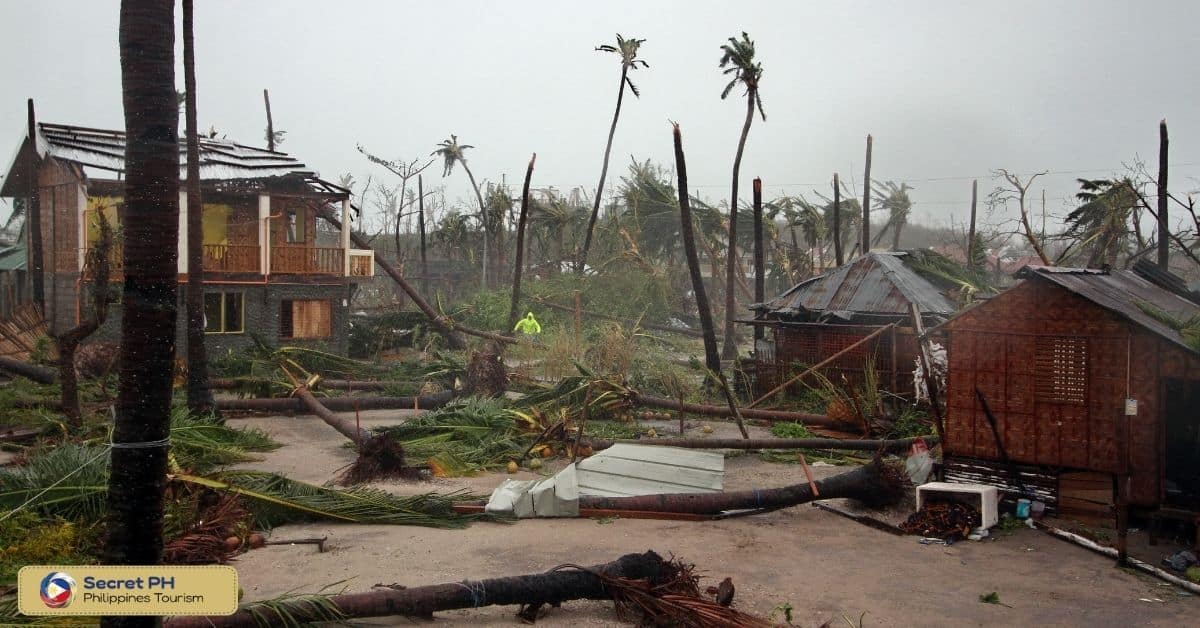
The Frequency and Severity of Natural Disasters in the Philippines
The Philippines is a country situated in the Pacific Ring of Fire, known for its high frequency of earthquakes and volcanic eruptions. Additionally, the country experiences a variety of natural disasters such as typhoons, floods, landslides, and droughts, among others.
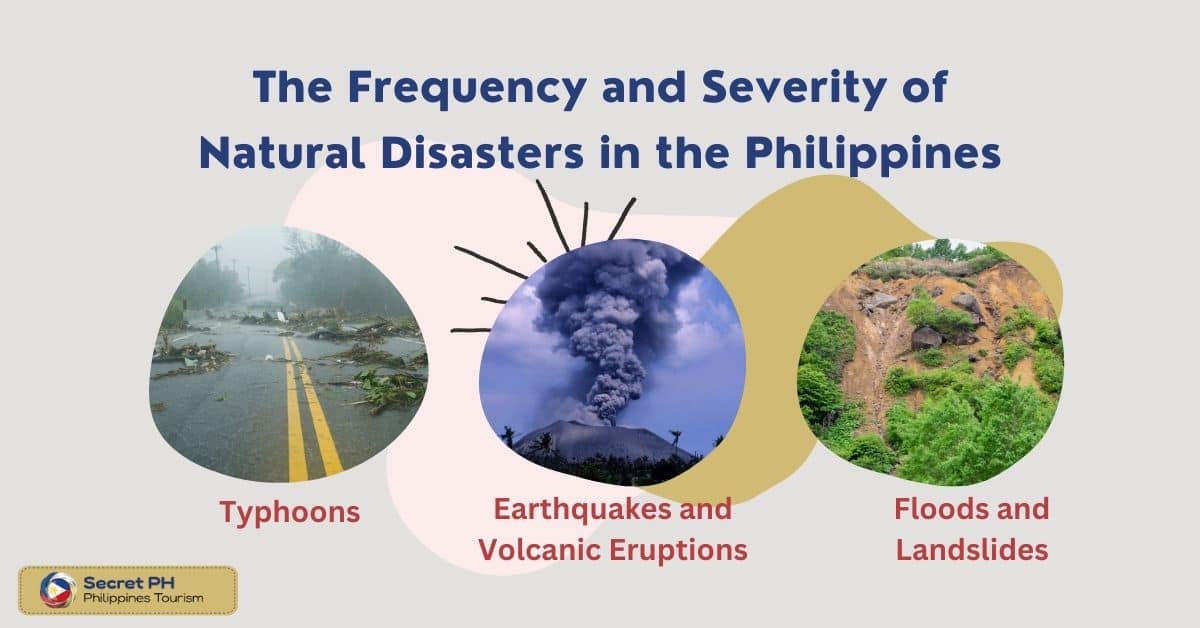
Typhoons
Typhoons are one of the most common natural disasters in the Philippines. An average of 20 typhoons hit the country every year, making it one of the world’s most affected places. These typhoons can cause devastating effects such as flash floods, landslides, and property damage. In 2013, Typhoon Yolanda was one of the deadliest storms to hit the country, with a death toll of over 6,000 people.
Earthquakes and Volcanic Eruptions
The Philippines is also home to several active volcanoes, making it prone to volcanic eruptions. In recent years, Mount Mayon, one of the country’s most active volcanoes, has shown increased activity, causing evacuations and flight cancellations.
Furthermore, the country is located within the Pacific Ring of Fire, an area known to have frequent earthquakes. In 2019, two strong earthquakes hit the islands of Mindanao, causing significant damage to buildings, and unfortunately, loss of life.
Floods and Landslides
The country is also vulnerable to floods and landslides, especially during the rainy season. In 2014, Typhoon Glenda reportedly caused damages worth 38.5 billion pesos ($754 million) to agriculture, infrastructure, and housing. Furthermore, in 2017, tropical storm Vinta and a low-pressure area caused significant flooding and landslides, resulting in hundreds of fatalities.
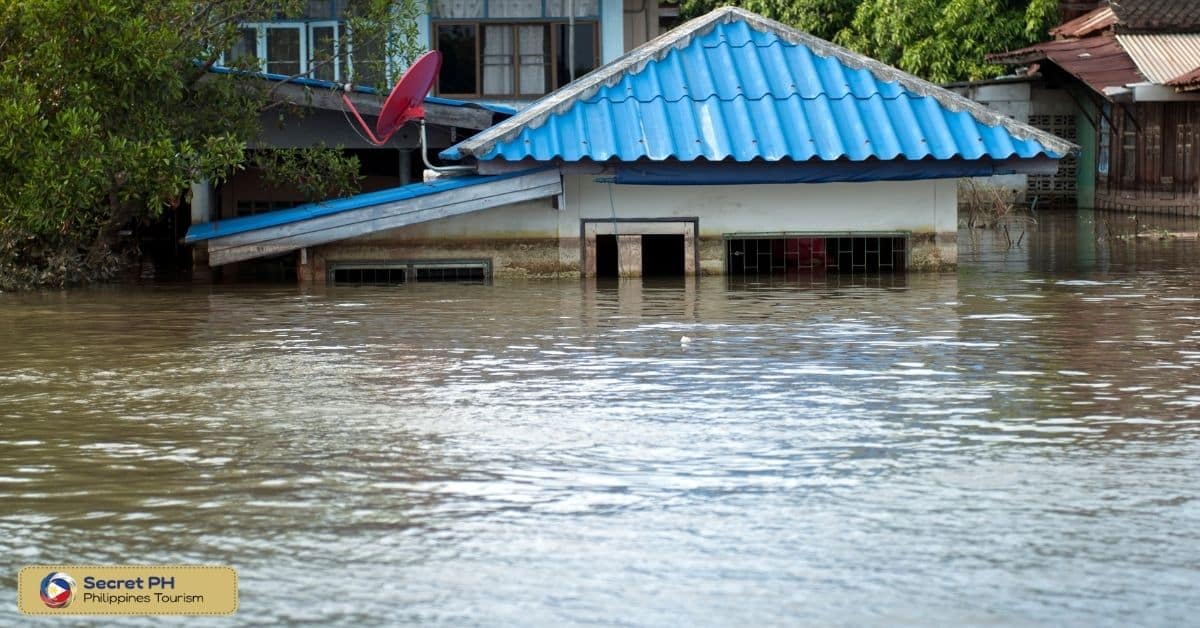
Government Response to Natural Disasters
The Philippines is highly vulnerable to natural disasters due to its location in the typhoon belt and the Pacific Ring of Fire. Over the years, the country has experienced numerous natural calamities such as typhoons, earthquakes, landslides, and volcanic eruptions, which have caused immense damage to life and property. In response to these disasters, the government has launched several programs and policies to mitigate the impact of these events and help affected communities recover.
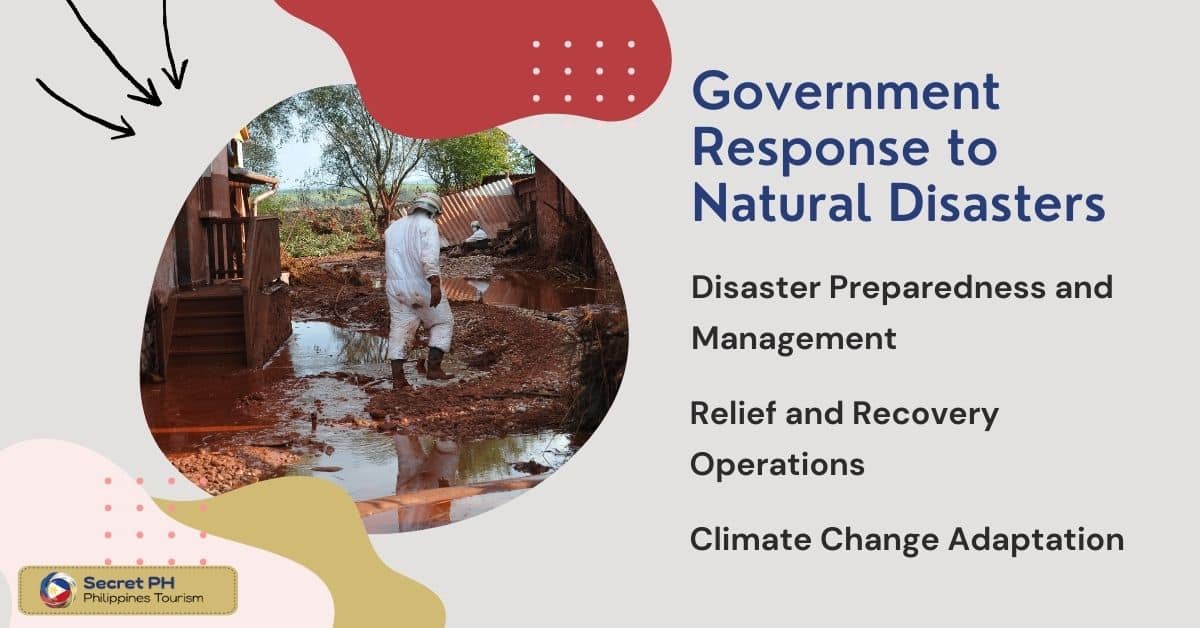
Disaster Preparedness and Management
One of the primary responsibilities of the government is to ensure that the country is prepared to face any natural calamity that may strike. The National Disaster Risk Reduction and Management Council (NDRRMC) was established in 2010 to oversee disaster preparedness and management efforts at the national and local levels. The council coordinates with various government agencies, non-government organizations, and private sector partners to ensure that disaster management plans are put in place and resources are mobilized effectively.
Relief and Recovery Operations
When a natural disaster occurs, the government launches relief and recovery operations to assist affected communities. Emergency response teams are deployed to affected areas to provide food, water, shelter, and medical assistance to those in need.
The government also works closely with humanitarian organizations and other partners to ensure that aid is delivered promptly and efficiently. In the aftermath of a disaster, the government provides support to affected communities to help them rebuild and recover.
Climate Change Adaptation
Climate change is exacerbating the impact of natural disasters in the Philippines, and the government has taken steps to adapt to these changing conditions. The Climate Change Commission was established in 2009 to promote climate change adaptation and mitigation efforts across the country. The government has launched several programs to improve disaster risk reduction and management, enhance community resilience, and develop disaster-resilient infrastructure

Innovations in Disaster Management
The Philippines is a country that is prone to natural disasters such as typhoons, earthquakes, and volcanic eruptions. Over the years, the country has faced numerous challenges in disaster management, resulting in significant loss of lives and damage to properties.
However, in recent years, the Philippines government and various organizations have implemented several innovative approaches to disaster management. These approaches have helped to improve the country’s preparedness and minimize the impact of disasters on human lives and the economy.
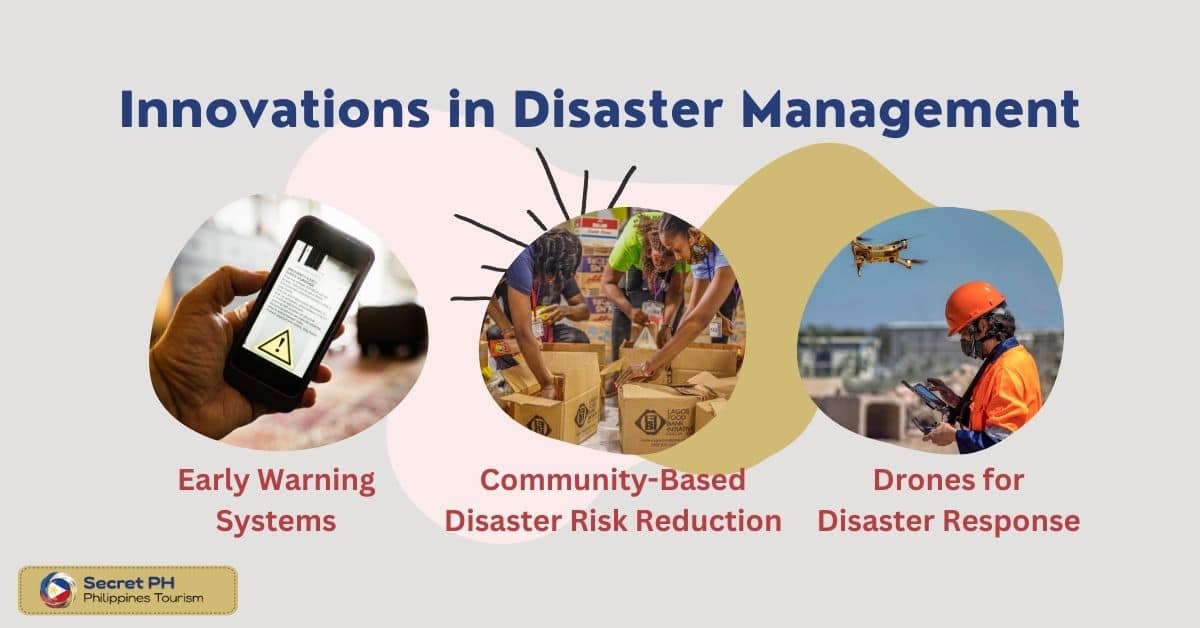
Early Warning Systems
The Philippines government, in collaboration with various agencies, has implemented several early warning systems to alert residents of impending disasters. These systems include the use of text messages, social media, and sirens to inform residents in vulnerable areas of potential disasters.
One such system is Project NOAH (Nationwide Operational Assessment of Hazards), a program launched by the government to provide accurate and timely weather forecasts and flood warnings to communities. The program uses state-of-the-art technology, such as Doppler radar and high-resolution satellite imagery, to monitor extreme weather events and their potential impact.
Community-Based Disaster Risk Reduction
Another innovative approach to disaster management in the Philippines is community-based disaster risk reduction (CBDRR). It involves empowering vulnerable communities to manage and reduce their disaster risks through community-driven initiatives.
CBDRR focuses on identifying community hazards, vulnerabilities, and capacities, which would enable the community to develop a risk reduction plan tailored to their specific needs. The program also involves training community members on disaster response, preparedness, and mitigation.
Drones for Disaster Response
The use of drones for disaster response is another innovative approach that has been introduced in the Philippines. Drones equipped with high-resolution cameras can be used to provide real-time aerial footage of disaster-affected areas.
The footage can be used by rescue teams for search and rescue operations, as well as damage assessments. Drones can also be used to deliver critical supplies such as food, medicine, and water to affected communities in hard-to-reach areas.

Lessons Learned from Past Disasters
Disasters, whether natural or man-made, can cause significant damage and loss of life. It is crucial to learn from past disasters to improve disaster management and preparedness. In this section, we will explore some of the lessons learned from past disasters.
List of lessons learned:
1. Importance of Early Warning Systems-Effective early warning systems can save lives and reduce the impact of disasters. Lessons learned from past disasters have emphasized the need for reliable and timely early warning systems.
2. Community Preparedness– Communities that are well-prepared for disasters can mitigate the impact of disasters. Past disasters have shown the importance of involving communities in disaster preparedness and response.
3. Adequate Infrastructure– Adequate infrastructure such as roads, bridges, and evacuation centers is essential in disaster management. Past disasters have highlighted the need for adequate infrastructure to facilitate evacuation and relief efforts.
4. Coordination between Agencies– Coordination between various government agencies and non-governmental organizations (NGOs) is critical in disaster management. Past disasters have emphasized the need for effective coordination to ensure that resources are allocated efficiently.
5. Capacity Building–
Capacity building is essential in disaster management. Past disasters have shown the importance of investing in training and education to ensure that communities and responders are adequately prepared for disasters. during a disaster.
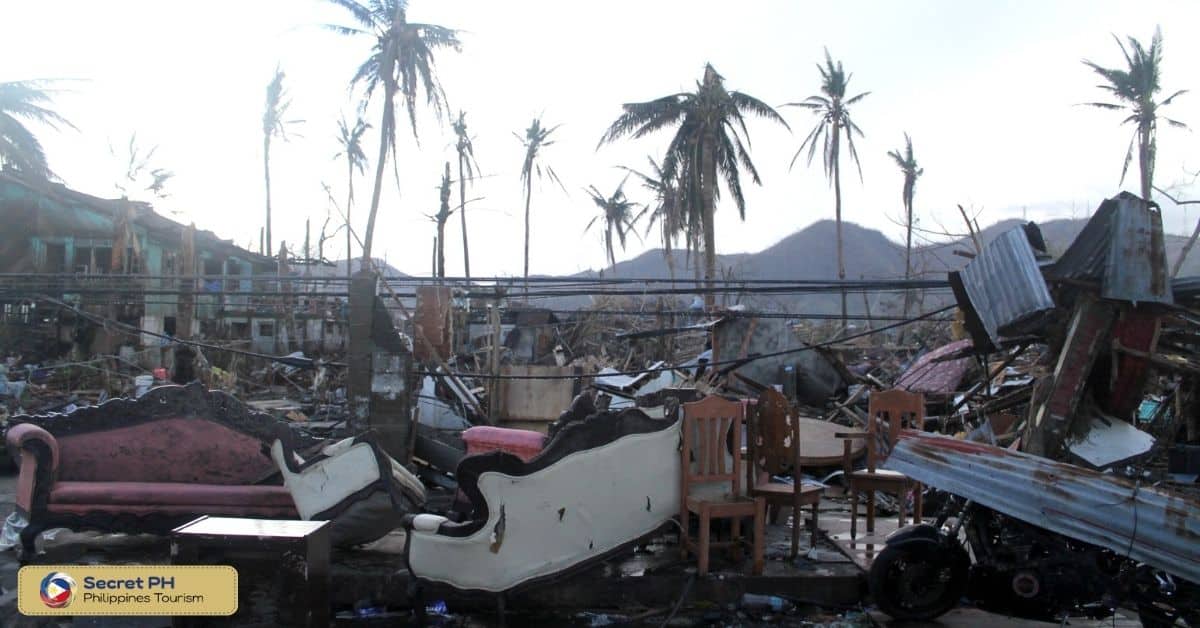
The Role of International Aid and Support
International aid and support play an essential role in mitigating the impact of natural disasters in the Philippines. International organizations such as the United Nations, World Bank, and other non-governmental organizations provide vital assistance to affected communities.
These organizations respond quickly to disasters by providing emergency relief services such as food, water, shelter, and medical care. They also provide long-term assistance to help communities recover and rebuild following a disaster.
Apart from providing relief services, these organizations also work with local governments to develop and implement policies and initiatives that can improve disaster preparedness and response. They provide technical and financial assistance for projects such as early warning systems, risk reduction plans, evacuation centers, and capacity building.
International aid and support are essential in ensuring that affected communities receive the help they need to recover from natural disasters and become more resilient to future hazards.
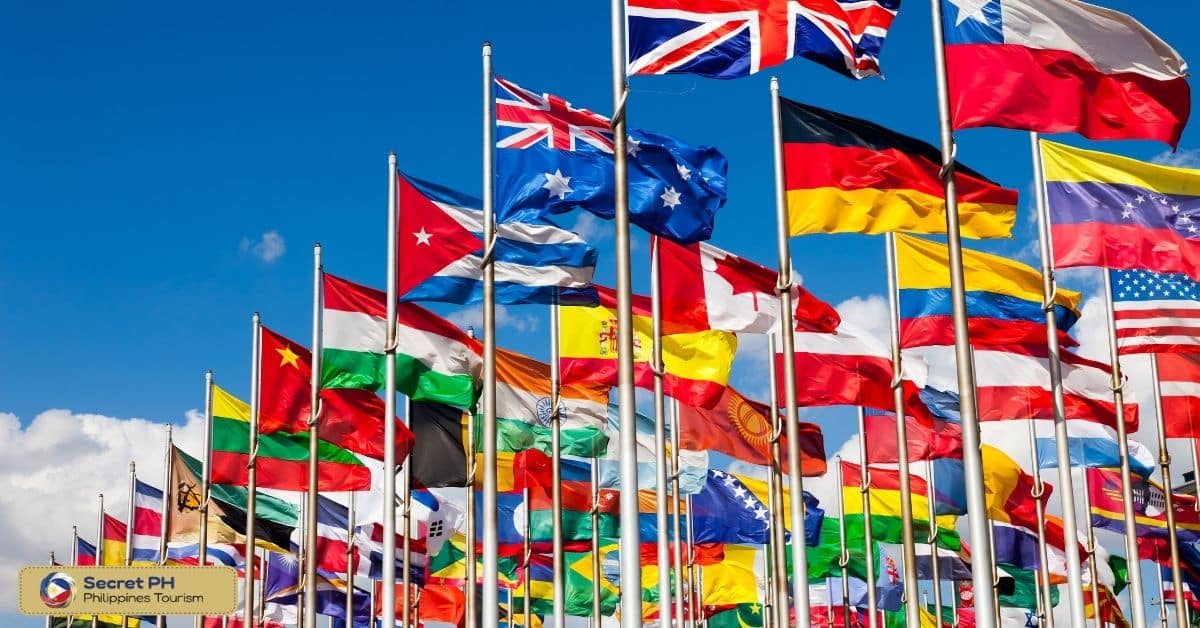
In conclusion
The Philippines is a country highly vulnerable to natural disasters due to its location in the typhoon belt and Pacific Ring of Fire. Over the years, the country has experienced numerous calamities such as typhoons, earthquakes, floods, and volcanic eruptions. In response to these disasters, the government has implemented several initiatives to mitigate their impact and help affected communities recover.
These initiatives include early warning systems, evacuation plans, relief centers, CBDRR initiatives, and climate change adaptation programs. Additionally, international aid and support play an important role in responding to natural disasters effectively. It is essential that the government and the people of the Philippines continue to work together to ensure that they are well-prepared for any potential disasters.

